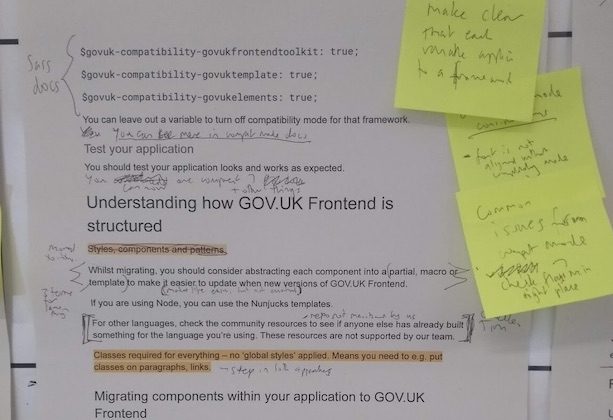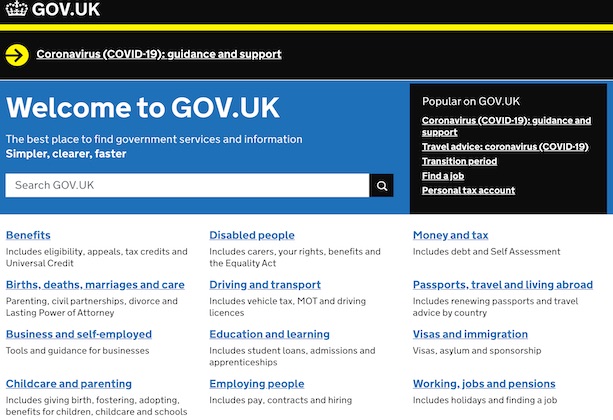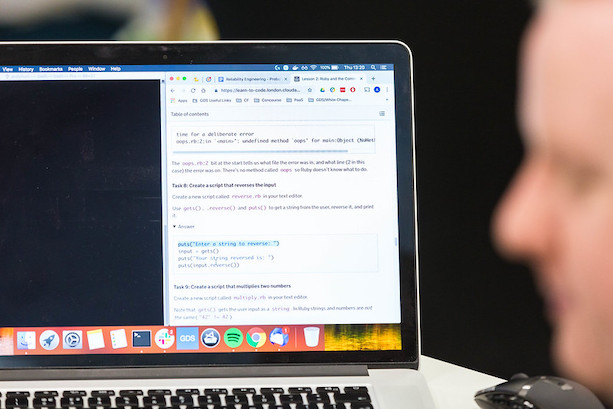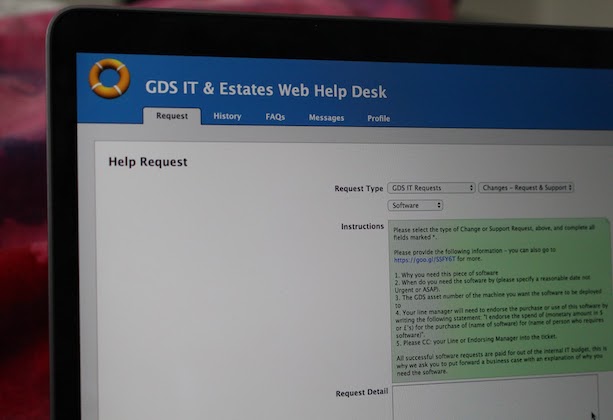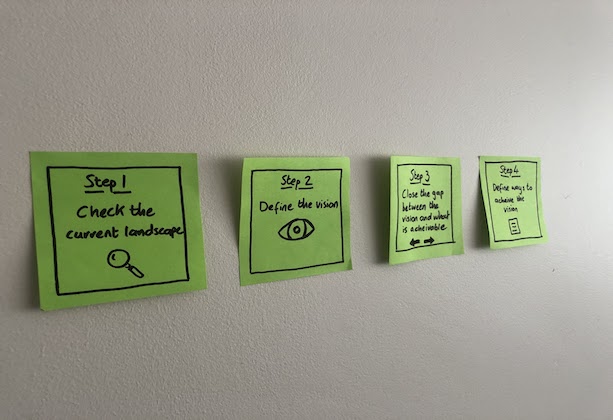The GOV.UK Design System team at GDS has rewritten developer documentation for GOV.UK Frontend. Here’s what the team did, including how it identified what needed improving and how it tested the new content.
We’ve enabled HTTP/2 on GOV.UK to help improve the site’s performance. Here we look at what HTTP/2 is, how it improves performance, and the impact it has had on our users.
The Cyber Security team at GDS discovered it was using a vulnerable container. Here’s how the team fixed the issue and made its clean container publicly available.
The Digital Identity team at GDS has updated its Good Practice Guide on authentication and Service Manual content on checking users' identities. The new guidance provides users with clearer, more up-to-date information.
We’ve published new guidance and case studies on using chatbot and webchats, to help government organisations make the most out of these tools and meet user needs.
GDS’s internal IT infrastructure was built to support flexible working, so here’s how we were able to adapt to a completely remote workforce.
Lockdown measures caused by coronavirus (COVID-19) meant that the Government Digital Service switched to be a fully remote working organisation. Read to find out how the service desk adapted to continue supporting their users.
I joined GDS as a Technical Architect. I have always wanted to develop my own style and my own understanding of architecture. Here’s what I’ve learned over the last 3 years.
The Geospatial Commission has announced that UPRN and USRN data will be openly accessible from July onwards, helping public sector organisations to streamline services and improve the quality of the data they hold.
GDS is putting all of its cloud policy, guidance and case studies in one place to make it easier for public sector organisations to find the information and use the cloud.
